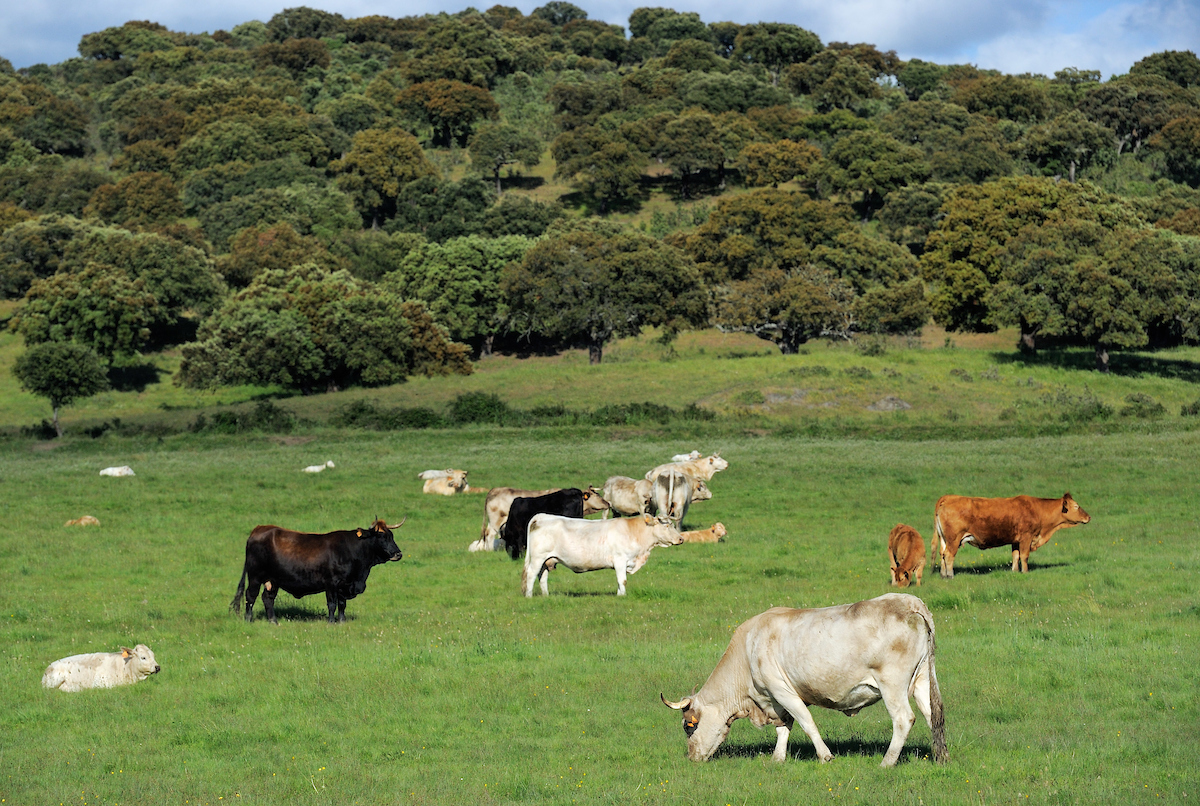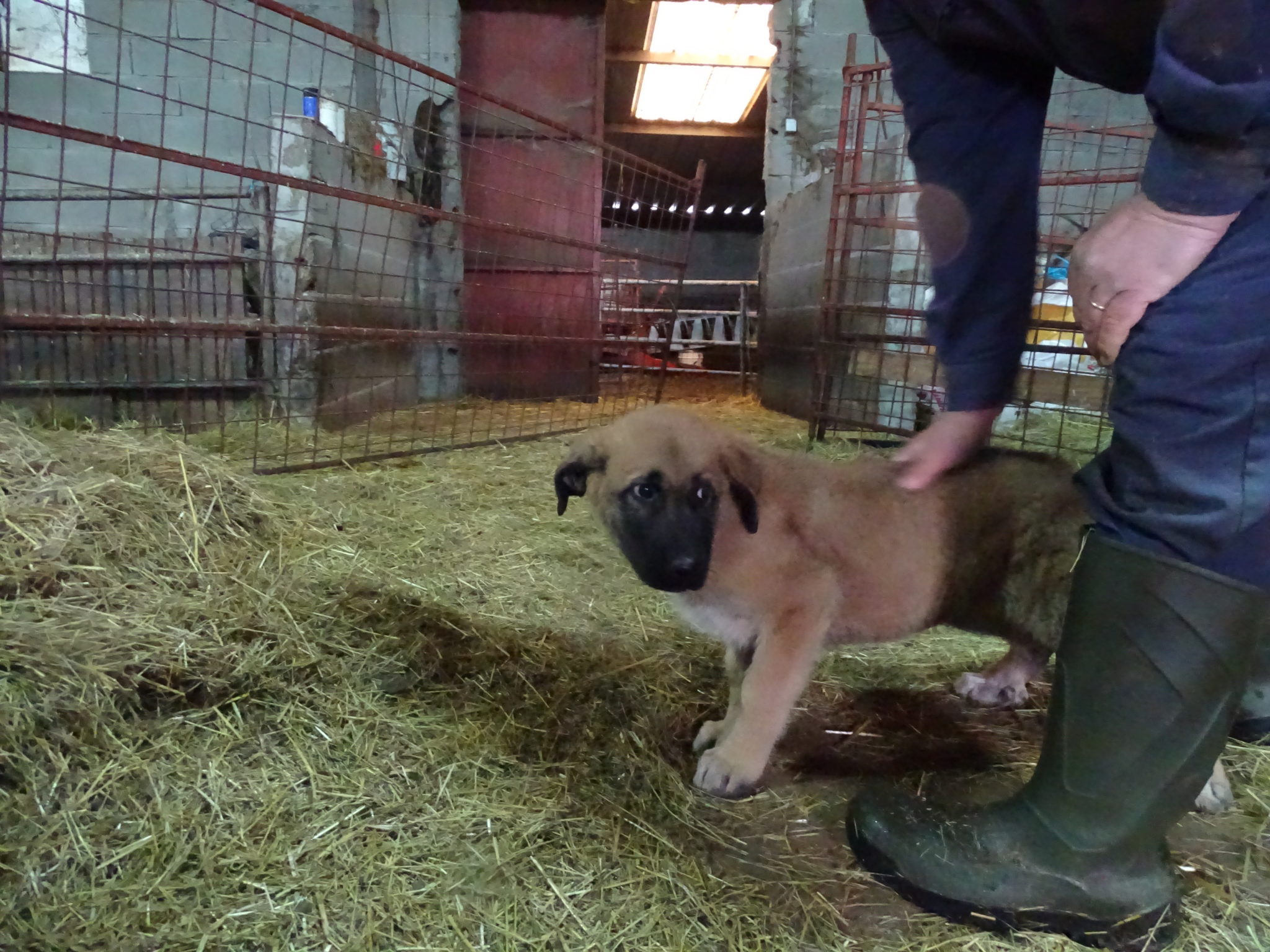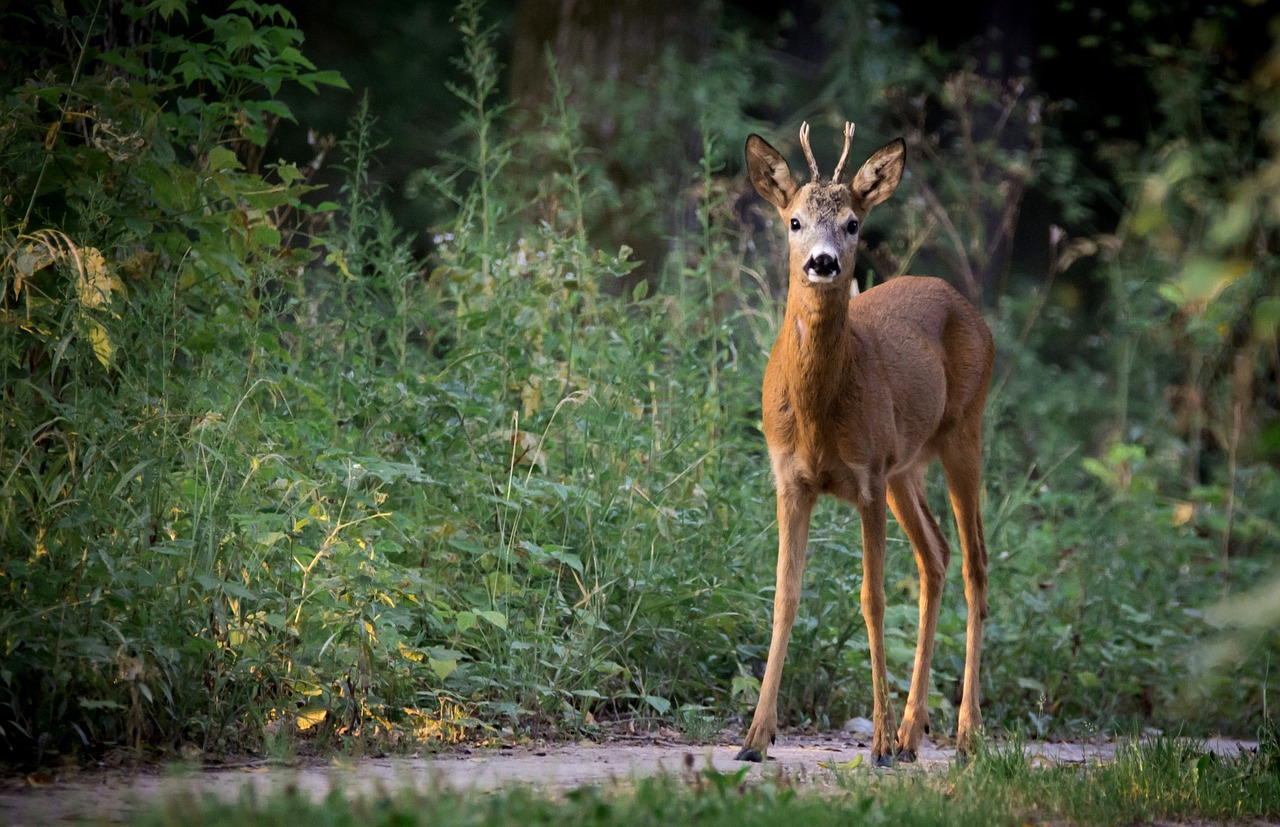A crucial part of the project are the conservation actions that take place on the ground. These actions focus on addressing the major threats to the Iberian wolf south of the Douro river. The coexistence between livestock owners and wolves will be promoted by encouraging adoption of best practise methods. Additionally, a surveillance team will patrol sensitive areas to the species and efforts will be made to increase the availablity of wild prey.

C.1 Setting-up a veterinary force trained in the use of damage preventive measures
Two local veterinaries will be trained on how to work with farmers about best husbandry practices. As part of their training the veterinaries will have the opportunity to visit farms and different study cases in Italy and Portugal where damage prevention has been implemented in different husbandry systems.
The veterinaries will inform the new owners about proper training and will monitor the progress and socialization of Livestock Guard Dogs.
C.2 Implementation of damage preventive measures and best management practises

Task 1. Integration of Livestock Guarding Dogs and installation of fences in damage hotspots
Through this action, support will be directly provided to these farmers to implement damage preventive measures and adopt best husbandry practices (i.e., use of native breeds, keeping livestock in small pastures, temporary enclosure of the most vulnerable individuals) in order to reduce the risk of wolf attacks. This is expected to create a positive example that could be followed by other farmers within the project area, reducing conflicts between wolves and the husbandry sector.
Within this action, Livestock Guard Dogs (LGDs) and fixed fences will be given to livestock owners to protect small ruminants and especially cattle. A native breed traditionally used in the project area will be selected (Serra de Estrela), although other breeds that are deemed to be more adequate protecting cattle can be also chosen.

Task 2. Development of a Livestock Guarding Dog Network (LGD network)
The aim of this task is to create a network of Livestock Guarding Dogs in the project area. Agreements will be made with the farmers that benefit from adopting LGDs during the project. In the agreements farmers will accept to donate pups from each litter to the project network. These dogs can then be donated to other farmers. In this way the impact of the
action increases (higher number of farmers benefit from preventive tools) and guarantee its sustainability.

C.3 Setting-up specific support teams to help local stakeholders in the conflicts with wolf and to protect wolf habitat
In order to reduce the threats of poaching, poisoning and fire, a mobile surveillance and protection team will be created. This innovative approach will make use of state-of-the-art technology and adopt tactical surveillance methods to ensure the effectiveness of the surveillance team.
During the fire season (June – October), the team will also be responsible for fire surveillance and deterrence actions.

C.4 Increasing wild prey availability for wolves
Based on the results of the roe deer census (Action A.4) and the information obtained in the human dimension study (Action A.7), the best areas for roe deer restocking and habitat improvement will be identified.
The goal is to increase roe deer densities in areas where there are wolf packs or that may be re-colonized by the wolf in the future. When wild prey exists in abundance and livestock are protected, wolves feed preferentially on wild prey, and the impact on livestock production diminishes, even becoming residual in many areas of the Iberian Peninsula.